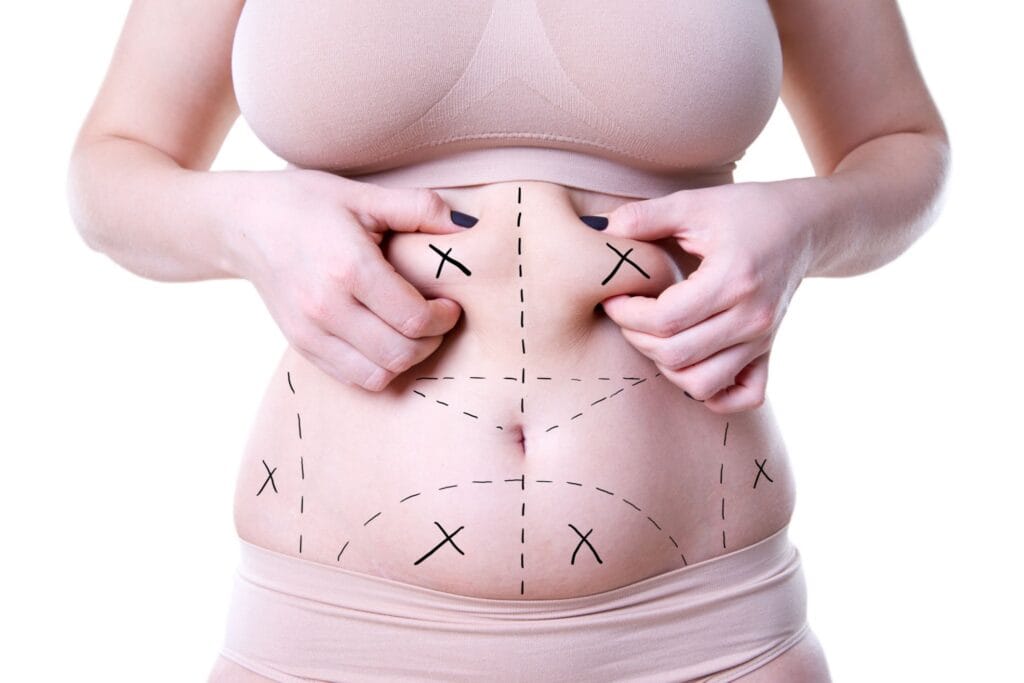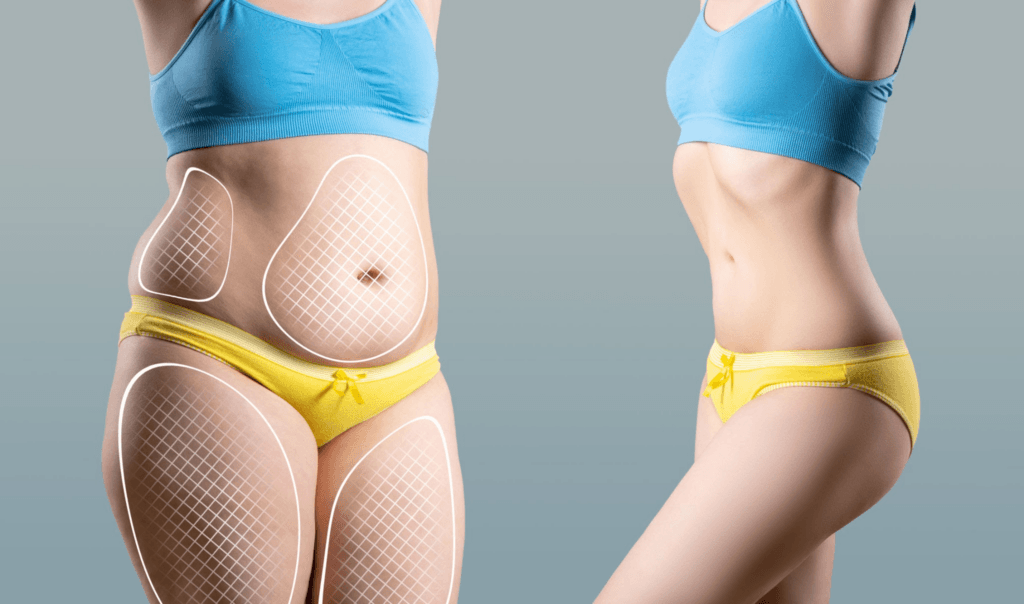Liposuction, while a popular cosmetic procedure, involves significant tissue manipulation, leading to predictable swelling and bruising. Understanding the recovery process and employing effective management strategies is crucial for a comfortable and successful outcome. This article will guide you through minimizing these common side effects and accelerating your recovery after liposuction.
Table of Contents
Understanding Post-Liposuction Swelling
Swelling, or edema, is a natural response to the trauma of liposuction. The procedure disrupts tissues and blood vessels, causing fluid to accumulate in the treated area. The extent of swelling varies depending on the treated area, the amount of fat removed, and individual patient factors. Expect significant swelling immediately post-procedure, which gradually reduces over several weeks.
The severity of swelling can also be influenced by the surgeon’s technique. Minimally invasive techniques often result in less swelling compared to more aggressive procedures. Furthermore, pre-existing medical conditions, such as lymphatic disorders, can impact the rate of swelling resolution. It’s essential to communicate any concerns about swelling to your surgeon, who can assess your progress and address any potential complications.
The timeline for swelling reduction is generally gradual. You might see significant improvement within the first few weeks, but complete resolution can take several months, sometimes even longer in larger treatment areas. During this time, it’s important to follow your surgeon’s post-operative instructions meticulously to promote healing and minimize complications. Patience is key, as the body naturally works to reabsorb the excess fluid.
Remember that swelling is a normal part of the healing process, and it doesn’t necessarily indicate a problem. However, excessive or persistent swelling, accompanied by other symptoms like fever or increased pain, should be reported to your surgeon immediately. This allows for prompt diagnosis and management of any potential complications.

Minimizing Bruising and Discomfort
Bruising, or hematoma formation, is another common side effect of liposuction. This occurs due to the disruption of blood vessels during the procedure. The extent of bruising varies widely depending on individual factors and the surgical technique. Some patients experience minimal bruising, while others may have more extensive discoloration.
Pain management is crucial during the recovery period. Your surgeon will likely prescribe pain medication to help control discomfort. Over-the-counter pain relievers, such as ibuprofen or acetaminophen, can also be helpful, but always consult your surgeon before taking any medication. Applying ice packs to the treated area can also help reduce pain and inflammation.
Elevating the treated area whenever possible can help minimize swelling and bruising. This promotes better lymphatic drainage and reduces fluid accumulation. Avoid strenuous activities and excessive movement, as this can increase bleeding and prolong recovery. Gentle movement and light activity are encouraged as tolerated, but avoid anything that puts excessive strain on the treated area.
Maintaining a healthy diet and staying well-hydrated are also important for minimizing bruising and discomfort. A balanced diet provides the nutrients your body needs to heal, while adequate hydration supports lymphatic drainage and reduces inflammation. Avoid alcohol and smoking, as these can hinder the healing process and increase bruising.

The Role of Compression Garments
Compression garments play a vital role in liposuction recovery. These garments, typically specialized garments like compression vests or leggings, apply gentle pressure to the treated area. This pressure helps reduce swelling by promoting lymphatic drainage and minimizing fluid accumulation. They also help to support the skin and tissues, contributing to a smoother, more contoured result.
Wearing compression garments as directed by your surgeon is crucial for optimal results. The duration of wear varies depending on the individual and the extent of the procedure. Generally, you’ll need to wear them for several weeks, possibly even months, following surgery. It’s important to follow your surgeon’s instructions regarding the timing and duration of wear to maximize their effectiveness.
Proper fitting is essential for the effectiveness of compression garments. A garment that is too tight can restrict blood flow and cause discomfort, while one that is too loose will not provide adequate compression. Your surgeon or their staff can help you choose the appropriate size and type of garment. Regular cleaning of the garment is also important to maintain hygiene and prevent skin irritation.
Remember, consistent wear of compression garments is key to minimizing swelling and achieving the best possible outcome. While they might feel constricting at times, the benefits in terms of reduced swelling, improved healing, and a smoother contour far outweigh the temporary discomfort. Consistent communication with your surgeon will help address any concerns or adjustments needed during the wearing period.

Accelerating Your Recovery Process
Following your surgeon’s post-operative instructions meticulously is paramount to accelerating your recovery. This includes adhering to the prescribed medication regimen, wearing compression garments as directed, and attending all follow-up appointments. These appointments allow your surgeon to monitor your progress and address any concerns.
Maintaining a healthy lifestyle plays a significant role in accelerating recovery. This includes eating a nutritious diet rich in fruits, vegetables, and lean protein. Adequate hydration is also crucial, as it supports lymphatic drainage and helps flush out toxins. Avoid excessive alcohol consumption and smoking, as these can hinder the healing process.
Gentle movement and light activity are encouraged as tolerated. This helps to stimulate circulation and lymphatic drainage, promoting faster healing. However, avoid strenuous activities or anything that puts excessive strain on the treated area. Your surgeon will provide guidance on when it is safe to resume normal activities.
Consider lymphatic drainage massage, a specialized massage technique that can help to reduce swelling and improve lymphatic flow. This should only be performed by a qualified and experienced therapist, and it’s essential to discuss this option with your surgeon before undergoing any massage therapy. Remember, patience and consistent adherence to your surgeon’s advice are key to a smooth and speedy recovery.
Liposuction recovery involves managing swelling and bruising effectively. By understanding the process, following your surgeon’s instructions, and employing strategies like compression garments and a healthy lifestyle, you can significantly accelerate your recovery and achieve optimal results. Remember to communicate any concerns to your surgeon promptly for timely intervention and support.
Transform Your Confidence with Surgyteam!
Join the thousands of satisfied patients who have experienced the exceptional care and expertise of Surgyteam’s renowned plastic surgeons. Whether you’re seeking aesthetic enhancements or reconstructive surgery, our dedicated team in Antalya is here to provide you with the highest quality treatment and personalized care.


